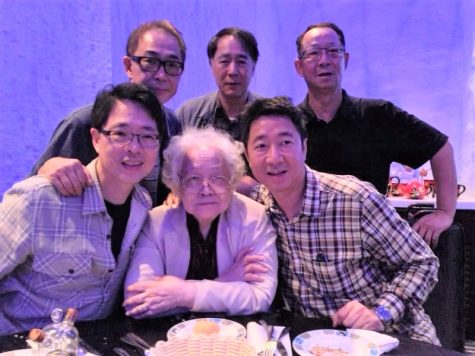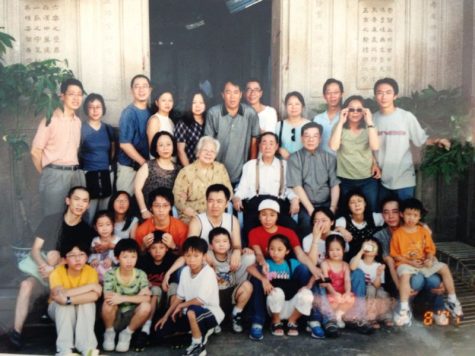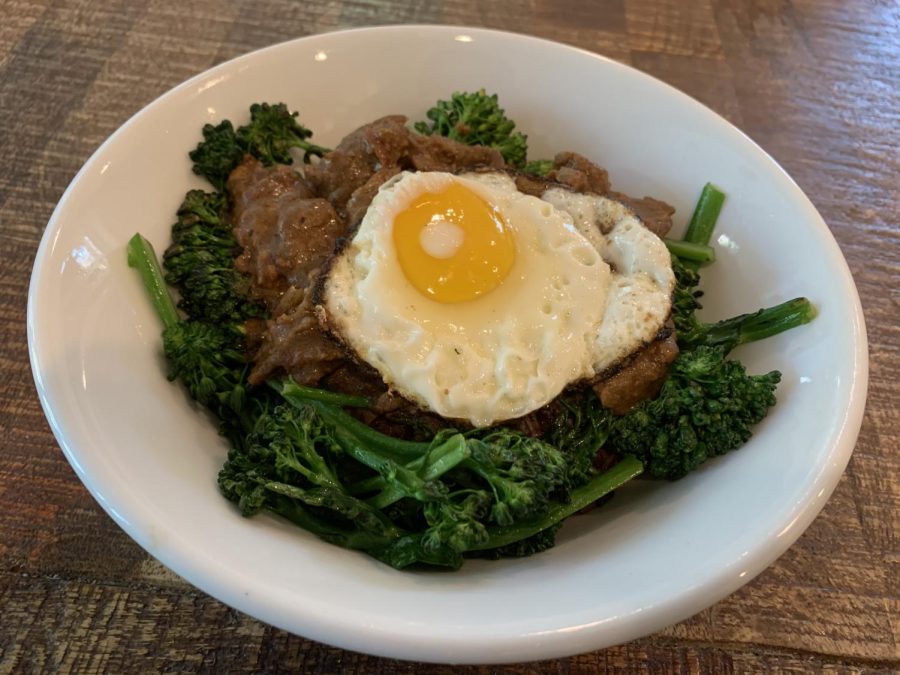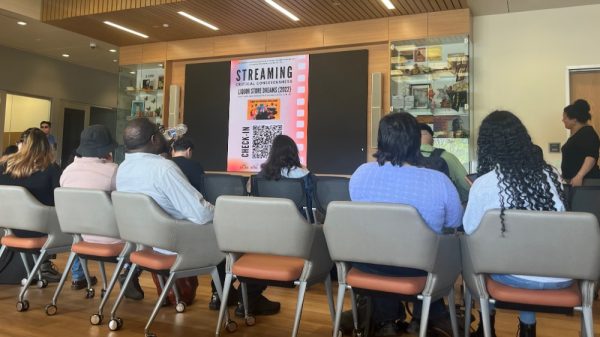Not Your Original Fried Rice
Every family has at least one special dish. For me and my family, it is grandma’s fried rice
Grandma’s fried rice with broccolini and topped with a sunny-side-up for early dinner at home.
“Do you want grandma’s fried rice for dinner?” my mom asked.
Before I could respond, a memory flashed in my head.
The image of me sitting on the balcony by the kitchen and staring out the window into the driveway. The feeling of anticipation heightened by every car that drove past the house.
This would happen every time my father and uncles worked overtime and came home hours after dinner. And every time, my grandma would make sure her boys got fed after a long, hard day of work.

As soon as the car pulled into the driveway, she would start to take ingredients out of the refrigerator. She could cook many dishes but fried rice would be her choice because it was quick and easy to make. That way, her sons would not go hungry any longer. Grandma’s special fried rice contained beef, eggs, leafy greens and of course, rice.
Back then, there were no specific terms for beef cut. My grandma would tell the butcher what she would use the beef for and he would pick the part for her.
Nowadays, my mother would get flank steak or flat iron steak for this recipe.
“In those days, you just tell the butcher that you want it for stir-fry, and they will know what to give you,” my mom said.
After my grandma cut the beef into thin slices, she would marinate them in soy sauce, corn starch and sugar to keep the beef tender. Then, she would crack a handful of eggs into the wok before adding the rice.
Next, she would cook the vegetables in another wok, usually gai lan, also known as Chinese broccoli. She stir-fried them with garlic.
“Usually with gai lan, rarely with choy sum,” my dad said. “[Grandma] liked gai lan the most.”
After that, she would start cooking the beef with minced garlic, chopped red peppers and satay sauce.
When the beef was almost fully cooked, she would add peanut butter and a starchy mixture of cornstarch, water, sugar and soy sauce. Then she would cook it until the sauce thickens.
“It has to be the chunky peanut butter,” my mom said. “It tastes better.”
To top things off, grandma would fry an egg, sunny-side-up with a crispy edge, so the yolk could mix with the satay sauce and run through the layers of beef into the fried rice.
The timing would be perfect. Brought to the table as my father and uncles pulled out the chairs after they cleaned up.
No matter how late it got, she would stay up and wait until everyone came home. And if they were hungry, she would make fried rice.
For other people, it might just be satay beef fried rice. For my family, that’s grandma’s fried rice. That’s grandma’s affection.
It is her way of saying “I love you.”
Although my grandma had passed away, she left behind more than memories. Her recipes and wise words live on. The family values and traditions that were shown and practiced by my grandparents embedded in the family. They will be passed on to generations to come.
The memories of those nights where everyone sat around the dining table chatting and eating grandma’s fried rice would not be forgotten. Those smiles never fade.
As the garage door opened and closed, my dad walked into the kitchen after a long day of work.
I said, “Yes, mom! Grandma’s fried rice sounds good.”
“Same for me, too,” my dad said.














